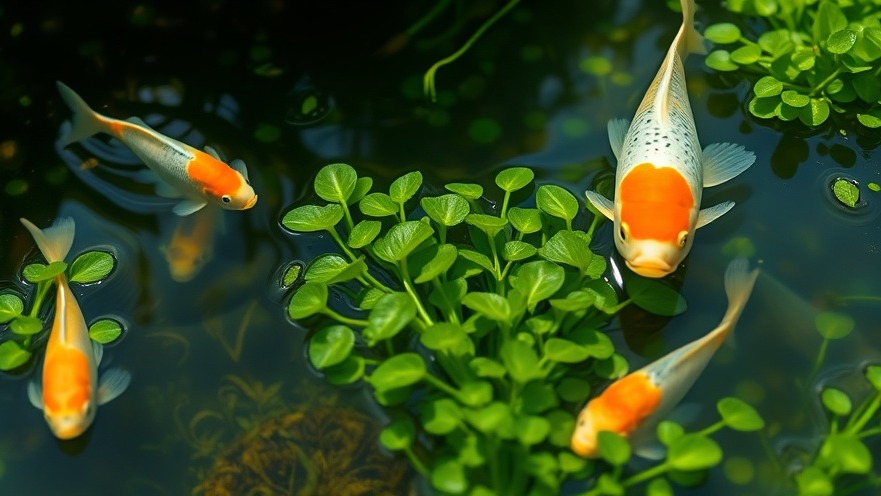
The Battle Against Hydrilla in Lake Austin
Lake Austin is facing a challenging situation with the increasing spread of hydrilla, an invasive aquatic plant initially introduced to the United States in the 1960s that has been problematic for local ecosystems since first appearing in the lake in 1999. As of October 2025, this pesky plant covers approximately 30% of the lake's surface, an alarming rise from less than 5% just a few short months ago. A recent survey conducted by Texas Parks and Wildlife revealed that hydrilla now spans approximately 456 acres, edging close to its peak coverage observed in 2012 and 2013.
Grass Carp: Nature’s Solution to Hydrilla
To combat this surge, the City of Austin plans to introduce more sterile grass carp into Lake Austin this fall. These fish are considered a biological solution, as they prefer to feed on hydrilla, which helps control its growth without causing significant harm to native aquatic species. The plan involves a stocking rate of five grass carp per acre of hydrilla, aiming to maintain a delicate balance in the ecosystem.
Why Hydrilla Matters
While hydrilla is often viewed as a villain, it's essential to understand that it plays a complex role in aquatic ecosystems. Plant life in lakes like Austin can offer numerous benefits, including improved water quality and the provision of essential habitats for fish. However, unchecked growth can lead to significant ecological problems, such as disruption of local wildlife and recreational activities. The challenge for city officials lies in managing this invasive plant effectively while safeguarding the lake’s overall health and accessibility for the community.
The Complexity of Management Strategies
Efforts to manage hydrilla have evolved over the years. In the past, drastic measures were considered, such as temporarily lowering the lake level. However, data suggested that this approach might exacerbate the hydrilla problem rather than mitigate it, as it could eliminate less invasive aquatic plants that serve to keep hydrilla in check. Austin's Watershed Protection Department aims to strike a balance that supports both aquatic life and community use, illustrating the complexity of successful environmental management.
Community Involvement: A Crucial Factor
The City of Austin encourages residents and visitors to actively participate in the fight against hydrilla and other invasive species. Simple actions can make a significant difference: "Clean, drain, and dry" your boats and gear before and after use, avoid swimming or boating through heavily vegetated areas, and refrain from discarding plant material back into the lake. Citizens play an essential role in preventing the spread of invasive species like hydrilla and zebra mussels, with penalties for non-compliance reaching as high as $2,000 per plant.
Looking Ahead: Sustaining Lake Austin's Health
In addressing the hydrilla issue, the city is aiming not only to control the immediate problem but also to sustain the lake's overall health for future generations. As hydrilla management practices evolve, learning from past experiences will be crucial to finding solutions that enhance both ecological and recreational outcomes. Observers remain hopeful that with careful planning and community involvement, Lake Austin can continue to thrive as a valuable resource for all.
Conclusion: What You Can Do
As we navigate the complexities surrounding hydrilla management, every Austinite has a part to play. Stay informed about local developments, participate in community initiatives, and follow recommended practices to protect our cherished waterways. All of these actions contribute to a healthier environment and a vibrant community.
 Add Element
Add Element  Add Row
Add Row 



Write A Comment